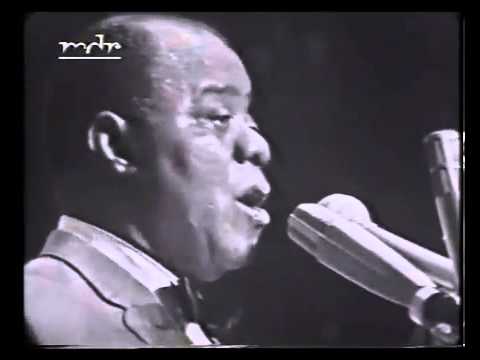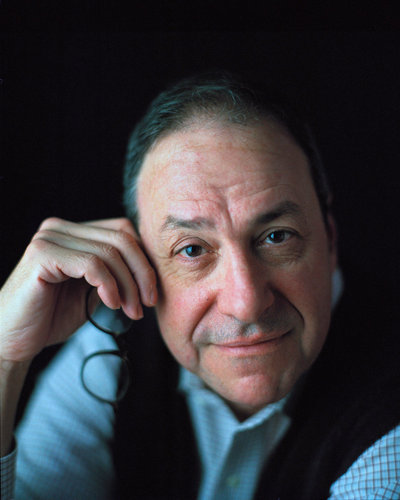On March 7, 1965, Louis Armstrong was in Denmark, where he watched in horror the televised images of civil rights marchers in Selma being brutally attacked by police. When Danish reporters asked Armstrong for his reaction, he said angrily that he had become “physically ill” watching the beatings, and added, “They would beat Jesus if he was black and marched.” Beloved around the world, at the peak of his fame, Armstrong’s remarks made headlines worldwide.
Three weeks later, Armstrong’s concert tour brought him to East Berlin for his first-ever gig in Soviet Eastern bloc. At a press conference, East German reporters peppered him with questions about Bloody Sunday—but he refused to repeat any of the things he had said in Denmark. Instead, he sat grim-faced, puffing on a cigarette, testily deflecting questions about how he was treated in the South.
As it turns out Armstrong did have something to say in East Berlin about Bloody Sunday, something he powerfully conveyed through his music. Decades earlier, Armstrong had appeared in the all-black musical “Hot Chocolate,” which was bankrolled by the gangster Dutch Schultz. According to the Armstrong biographer Ricky Riccardi, Schultz wanted the show’s song-writers, Fats Waller and Andy Razaf, to include a tune about dark-skinned women losing men to lighter-skinned women. Waller and Razaf complied by writing “(What Did I Do To Be So) Black and Blue.” It included this offensive line: “I’m white inside, but that don’t help my case/’cause I can’t hide what is on my face.” Though Armstrong played the song for years afterwards, but he had taken it out of his repertoire a decade or so earlier.
That night in East Berlin, however, he revived “Black and Blue,” but with a crucial lyric change. He sang, “I’m right inside, but that don’t help my case/’cause I can’t hide what is on my face.” The song concludes, “My only sin is in my skin/What did I do to be so black and blue?” Armstrong had turned “Black and Blue” into a song of racial protest, one that he would continue to play for the rest of his life.
Here is Louis Armstrong and his band playing “Black and Blue,” in East Germany, March 22, 1965:
This post originally ran on November 3, 2015.



0 Comments